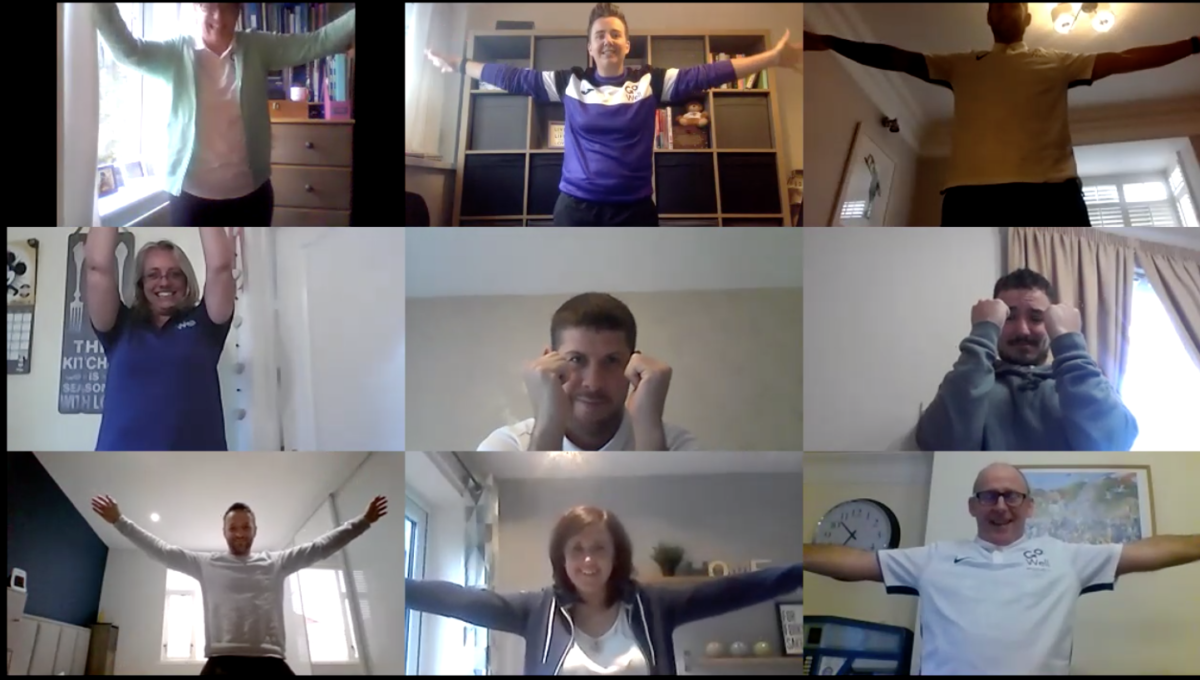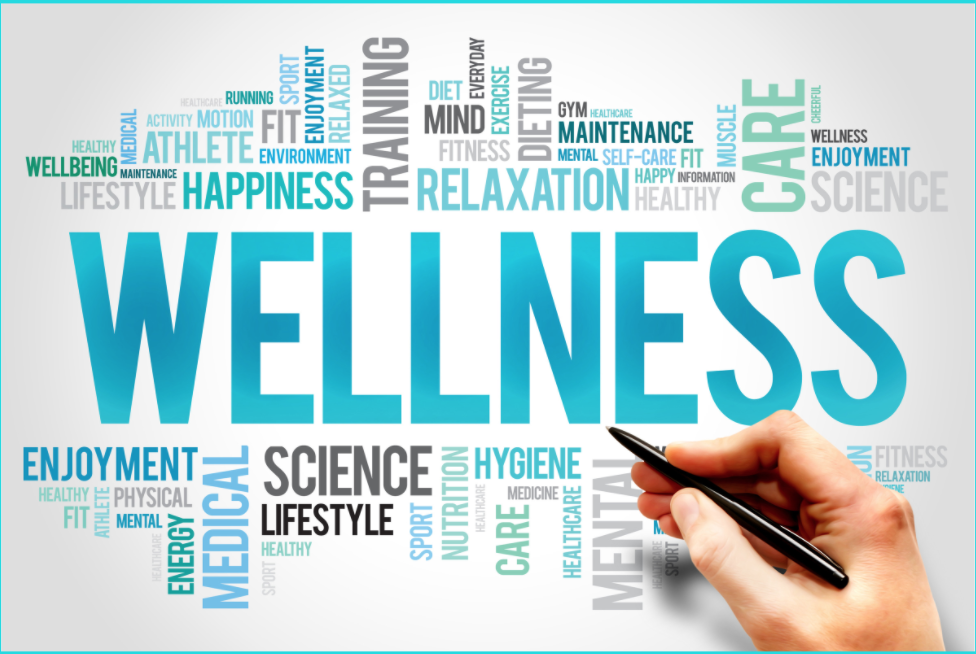Are you sitting in lots of virtual meetings throughout the day? We would like to help you to make virtual meetings more active!
We advocate that everyone should integrate physical activity into their daily schedule to benefit their physical and mental health.
However, did you know that it also boosts your brain power?
Physical activity boosts the production of a chemical in your brain called BDNF which creates new brain cells and strengthens neural pathways. It also boosts the production of Norepinephrine, which improves your concentration and alertness.
Hands up who can find it difficult to maintain full concentration during online learning or meetings?
If you are leading online meetings, it may be helpful to integrate activity in to your delivery/time to maintain or to boost engagement.
Here are a few ideas for integrating activity into your online meetings:
1. Active Quiz/Poll
Link answers to body shapes or movements. Stand up for Yes, Squat down for No. Lean left for agree, lean right for disagree.
2. Active Break – Rock, Paper, Scissors!
An active twist on Rock, Paper, Scissors. Use movements for Rock, Paper and Scissors. Play in pairs, keep your score to see who wins. You can also give other roles out like a referee and a score keeper. This works great in breakout rooms. You can make it into a competition if you like or just play for fun!
Add some twists!:
1. Points for passion – have a judge who can give extra points for how passionate people are when playing.
2. Make it more active by replacing Rock, Paper and Scissors with other more challenging movements e.g Squat, Lunge, One foot balance.
3. Full screen with everyone creating a shape at the same time. The shape with the most people performing that shape wins that round.
3. Active Break – I went to….
Split your delegates into breakout rooms of groups of 4-6. The task is to create the longest sequence of movements in the style of the game ‘I went to the supermarket and I bought….’ e.g. Add a movement on each time you move to the next player. Change the intro to anything you like ‘I went to PE and we did…..’, ‘I went to the gym and we did…..’. You can work through the alphabet or just freestlyle!
4. Active Break – Dance
Create a dance – Split your delegates into breakout rooms of groups of 4-6. Ask each room to create a dance to a certain section of a song (all the same song and section). Bring the groups back together and perform the dance either one group at a time, or all together.
5. Active Break – 1-2-3
Split your group into breakout rooms in pairs and complete the exercise in the video below.
6. Active Break – Competition
How many times can you catch and throw an object within a minute? One hand to the other? One hand only? Off your wall? Compete against each other or repeat the task and try and beat your own score.
7. Active Break – Workout
Complete a 2, 5 or 10 minute workout together. You can use this one if you like:
8. Active thinking time
Walk and reflect – set a thinking task but ask participants to go for a 10 minute walk, ideally outside, as they consider the question or questions.
9. Active task – Scavenger hunt
Collect objects from your house/office space that represent a certain thing or answer a question.
10. Active Break – Mexican Wave!
Team challenge. Can you create a Mexican wave on your screen in a certain order?
Add some twists:
1. Pick a person and an order (horizontal wave/vertical wave). The wave has to go in that order on that persons screen but they cannot talk during the challenge and the others cannot ask them questions. They can only make waves and attempt to create the wave in the right order. The person can nod, shake their head or do a wave (they are in the screen after all and will need to take their turn in the Mexican wave). Once an effort to make the wave fails the team needs to start again!
2. Do a wave and then point (with one hand or two), whoever you point to has to do a wave and so on.
Some of these tasks can be linked to a topic/be part of the content of the meeting and some can just be to have some fun and move! A quick 5 minute activity of simply moving, having fun and connecting with other people will help to boost brain chemicals in individuals and lift the atmosphere in virtual meetings. The next ‘serious’ task is then likely to be more productive with delegates more alert and ready to engage.
These are just a few suggestions and as we have been implementing them in our meetings and workshops we have come up with new ideas, which I’m sure you will too! We would love you to share any new ideas or twists on the above in the comments!
We hope you have found this blog helpful, for more information contact: sarahprice@go-well.org.






